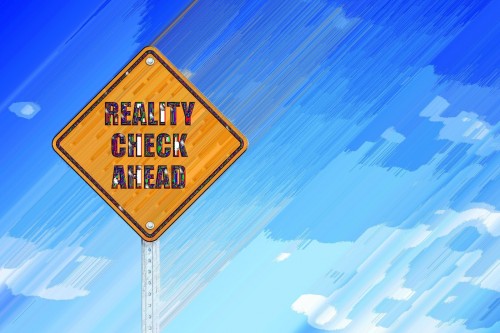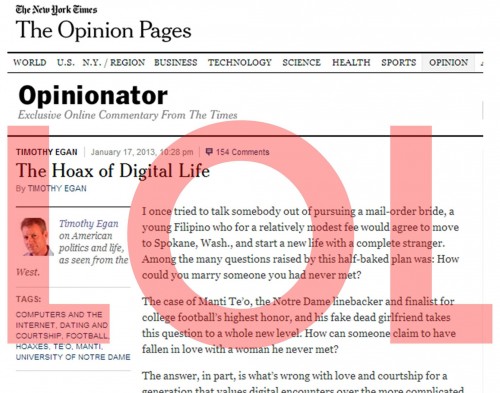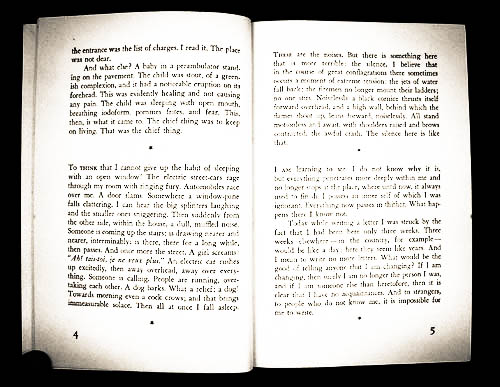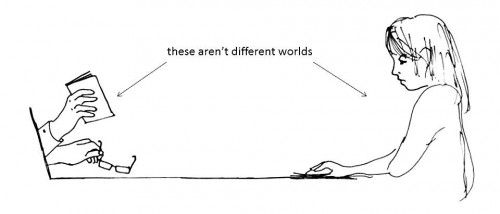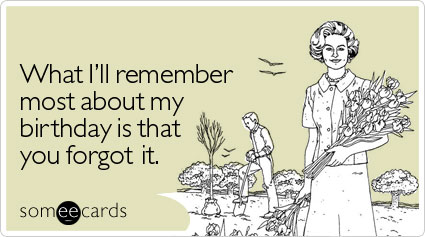At what point does a fictional tale of a present day technocapitalist advancement and the characters embroiled in its aftermath turn into a dystopia? Is there ever a clear threshold between the plausible and the absurd? And what responsibility does the artist or author have towards their audience to make clear the realism of the piece?
Spoiler Warning: you may want to tread lightly if you haven’t yet but still plan on watching through season 2 of Mr. Robot and season 5 of Orphan Black. more...


